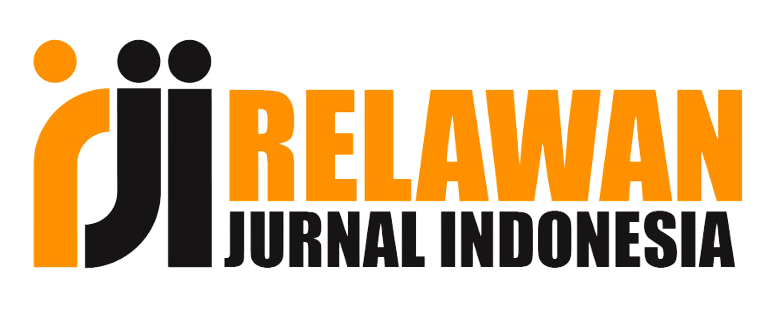KAJIAN DOSIS PUPUK KANDANG AYAM DAN FREKUENSI PENYIRAMAN TERHADAP PERTUMBUHAN BIBIT SENGON (Paraserianthes falcataria (L) Nielson)
DOI:
https://doi.org/10.33061/innofarm.v21i2.3436Abstract
The purpose of this research was to study : (1) interaction effect between the dosage of chicken manure with the frequency of watering, (2) effect of chicken manure dosage, and (3) effect of watering frequency, to the growth of sengon seedlings. This research uses a completely randomized design which was factorially composed, consisting of 2 factors, namely (1) dosage of chicken manure (D), consists of 4 levels, (2) watering frequency (F), consists of 3 levels. From these two factors, were obtained  12 treatment combinations, where each of which was replicated 3 times. Data were analyzed by Analysis of variance, continued by Honestly Significant Diferent Test. The results of this study is: (1) interaction between dosage of chicken manure and frequency of watering occurs only to seedling height, (2) the dosage of chicken manure significantly effected to stem diameter, number of compound leaves, fresh weight of seedlings, and dry weight of seedlings. While frequency of watering significantly effects only the stem diameter, (3) chicken manure with a dosage of 37.5 g/crop is optimum dosage, while watering with a frequency of 2 times a day is right frequency of watering, for the growth of sengon seedling.Downloads
Published
2020-01-25
Issue
Section
Artikel
License
Authors who publish this journal agree to the following terms:
- Authors retain copyright and grant the journal right of first publication with the work simultaneously licensed under a Creative Commons Attribution License that allows others to share the work with an acknowledgement of the work's authorship and initial publication in this journal.
- Authors can separately make additional contractual arrangements for non-exclusive distribution published by the journal (e.g., publish it in a book), with an acknowledgement of its initial publication in this journal.
- Authors are allowed and encouraged to send their work via online (e.g., in the institutional repositories or their website) after published by the journal.

















